Cost Estimator’s Biggest Challenge
Cost estimate development is the roadmap to producing reliable cost estimates. But, as it turns out time is a hot commodity for a cost estimator, and to make the most of it, we need to plan ahead meticulously. If you make a living working for a construction firm, you know exactly what I am talking about: you start working on a new project, and the time starts ticking. The tender closing day is coming up at high speed, and you are not confident that you will be able to deliver high-quality work. You start working longer hours, constantly switching from one task to another, and then panic sets in; you are not entirely prepared for tomorrow’s cost estimate review. Ouch!
Give me six hours to chop down a tree and I will spend the first four sharpening the axe. – Abraham Lincoln
I used to work like that for years: dive right into the cost estimate development, frantically reading through the specifications, taking notes, doing take-offs, calling subcontractors, faxing subcontractors, setting up the database, etc. And, I was missing building the big picture: adequately developing the constructability and procurement strategy, cost benchmark research, market conditions, and risk register, to name a few. The result was a cost estimate, very well executed from a technical point of view but not very well optimized as costs were concerned.
Cost Estimate Development Sequence
In my quest to increase the quality of my cost estimates, through trial and error, I fine-tuned the following cost estimate development sequence.
1. Review all available documentation.
Thoroughly reviewing the full project documentation to understand and define the project scope. Important note: carefully review technical specifications and general conditions and note all potential cost implications.
2. Define the purpose of the cost estimate.
Who is the end user of the cost estimate? Answer this question to define the purpose of the cost estimate. Is the cost estimate required for bidding, or is it a preliminary budget cost estimate? Is the end user a general contractor or a project owner?
3. Define constructability methods.
Now that we have a good amount of knowledge about the project, we need to cost estimate, it is time to define how it will be built. This is the time to discuss construction techniques and methodologies and develop the optimal approach to building the project. There is no point in starting the cost estimate if we are not positive that we are pricing the optimal approach. This is also very tightly related to our procurement strategy. When we request quotations from the subcontractors and vendors, we need to be able to provide this information so they can provide us with a compliant quote.
4. Define the price sourcing strategy.
Unit price versus man-hours, self-performed versus subcontractor, multiple quotations versus exclusive agreement, optimal utilization of local resources versus searching outside of the geographical area of the project, research new technology versus using conventional, etc. The price sourcing strategy is directly reflected in the cost estimate structure and methods used. It also can greatly impact the time required to develop the cost estimate.
5. Cost estimate development kick-off meeting.
Discuss items 1 to 4 above with the cost estimate review team and agree on the action plan.
6. Develop the cost estimate schedule.
Now that we know the scope and define the strategies, it is time to plan it out the cost estimate development process and the effort associated with it. I found this to be a lifesaver. A proper schedule will show milestones and resources required to complete the cost estimate. This is the time to assess if extra resources are required. You do not want to work long hours and be exhausted on the tender closing day. Asking for help is not only acceptable but is required.
7. Develop the Work Breakdown Structure.
The work breakdown structure is a vital element of a cost estimate. It allows us to properly identify the scope, align the cost estimate with the pricing strategy, produce the required cost detail for effective cost estimate review, deliver data in a format suitable for tender closing and submission activities, and provide a logical interface with the preliminary construction schedule. Spending time to think this step through is well justified. It can make the difference between closing and submitting the tender or calling off the tender submission.
8. Develop the direct costs.
Aside from what the name implies, this includes the quantity take-off activities and is directly related to the price sourcing strategy.
9. Update the cost estimate with current cost data.
This action is performed until the cut-off day (and time?) for the final cost estimate review as information becomes available.
10. Direct costs review.
Once we finalize the direct costs, we should review them with the cost estimate review team. We updated the cost estimate based on feedback from the review meeting.
11. Develop a preliminary construction schedule.
This step is essential for assessing the project’s indirect costs.
12. Develop the project’s indirect costs.
The indirect costs are directly related to the construction methodologies and techniques, the pricing strategy and the preliminary construction schedule.
13. Cost estimate first draft review.
Review the complete cost estimate with the review team and incorporate all changes as required.
14. Issue the cost estimate final draft.
Depending on the purpose of the cost estimate and the company’s internal policies, the final draft is issued one or more days before the due date. Adjustments to the cost will be made until the cut-off time before the cost estimate submission, tender or directly to the client, as the case might be.
I hope you found this article interesting. What is your experience with planning for successful cost estimates? Please don’t be shy and leave your comments below!
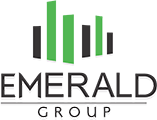


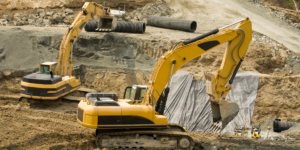
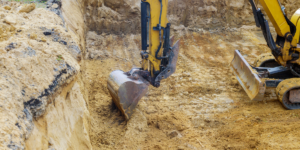
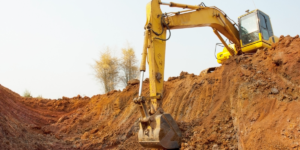
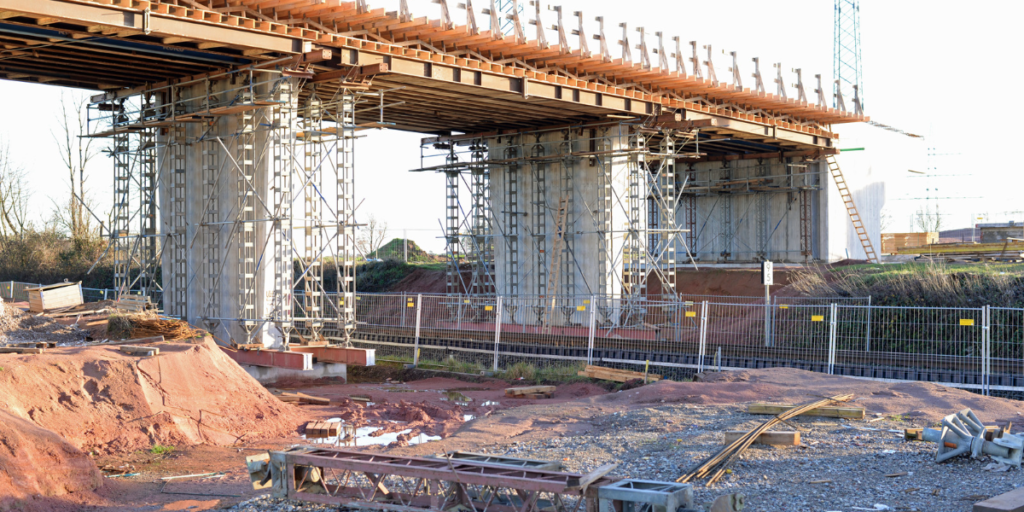
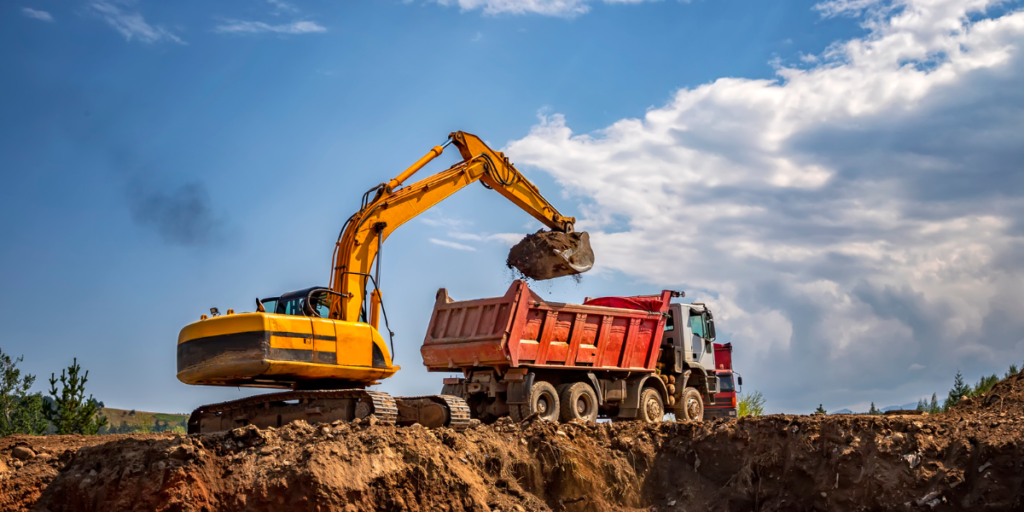
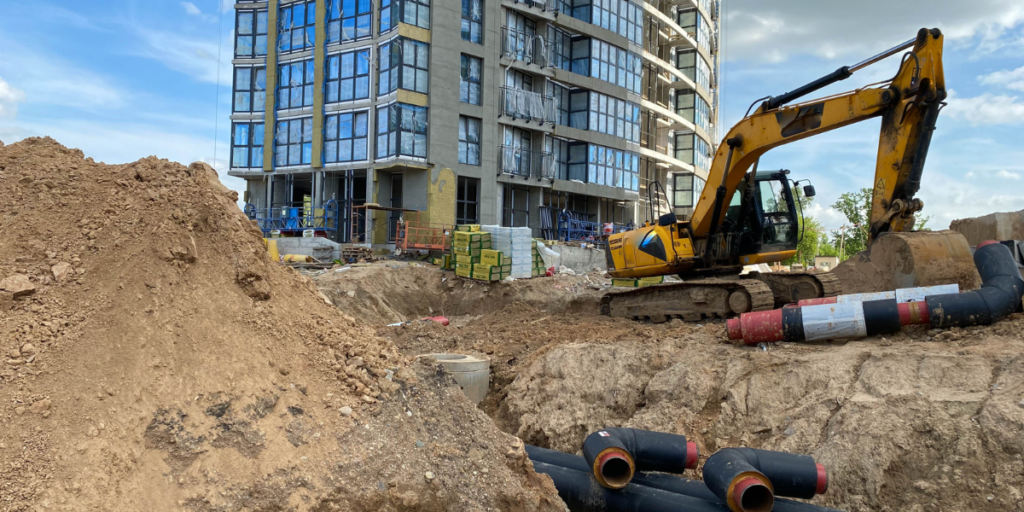
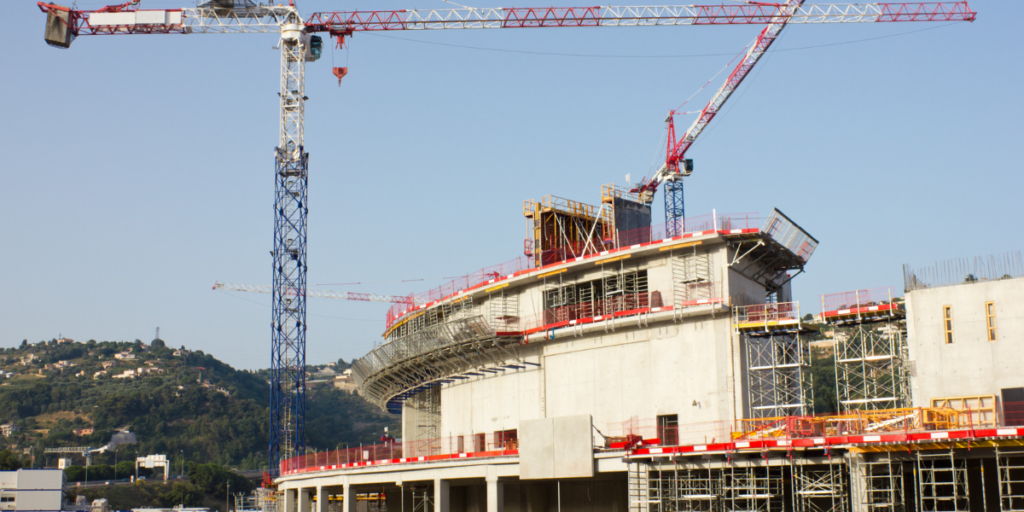
4 Responses
Hi Doina,
I enjoyed reading your article and would like to some quick comments as follows:
1. Risk review and mitigation should be included in the estimating process to develop appropriate contingency for the project.
2. Use of metrics and benchmark data during the estimate review.
3. Collecting actual costs and updating database – continiuos improvement
Hi Noel, thank you for reading my article and for your feedback! I totally agree with what you are saying. Great points!
Great content. Whether designing a building or developing software, successful projects require accurate cost estimates. Cost estimations forecast the resources and associated costs needed to execute a project, which helps ensure you achieve project objectives within the approved timeline and budget. It was really nice reading article. Thanks for sharing it with us. It helps people to get educate.
Thank you for reading the article and for your comments, Sawailal! I see that you represent a software-suggest service. What would you recommend for quantity take-offs as one of the most affordable app/software?